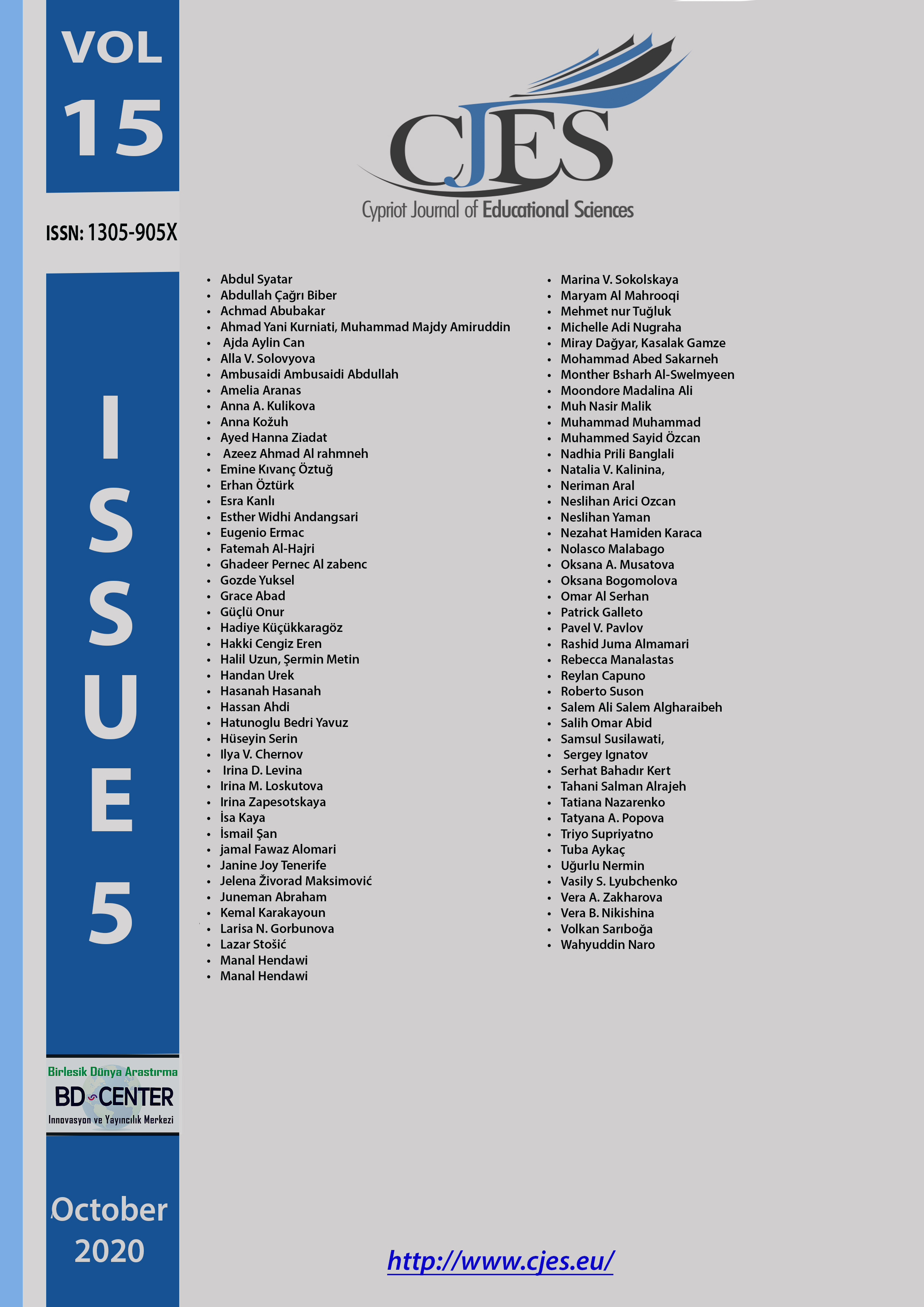Students' difficulties in similar triangle questions
Main Article Content
Abstract
Similar triangles in questions are usually given as separate, adjacent or overlapped. Furthermore, similarity types such as Side-Angle-Side (S.A.S.), Side-Side-Side (S.S.S.) and Angle-Angle (A.A.) are requested in the questions. Students have more trouble in other types of questions. The purpose of this study is to investigate the difficulties of students about similar triangles and the reasons for these difficulties. This research was carried out with the case study method, which is one of the qualitative research approaches. The study was conducted with 55 Science High School 9th grade students and 9 open-ended questions were used to examine students' knowledge about “similarity in trianglesâ€. Furthermore, 5 students were interviewed to find out the reasons for their solutions. Descriptive analysis method was used to analyze the data. As a result, it can be concluded that students have difficulties mostly in overlapped triangles and Angle-Angle type questions. On the other hand, it can be concluded that students are quite successful where similar triangles are given separately. In the light of the findings obtained in this study, it can be advised for lecturers to focus on the questions where similar triangles are overlapped while explaining the similarity in the triangle.
Keywords: Similarity, Triangles, Difficulties, High School Students.
Downloads
Article Details

This work is licensed under a Creative Commons Attribution 4.0 International License.
Cypriot Journal of Educational Sciences is an Open Access Journal. The copyright holder is the author/s. Licensee Birlesik Dunya Yenilik Arastirma ve Yayincilik Merkezi, North Nicosia, Cyprus. All articles can be downloaded free of charge. Articles published in the Journal are Open-Access articles distributed under a CC-BY license [Attribution 4.0 International (CC BY 4.0)].
Birlesik Dunya Yenilik Arastirma ve Yayincilik Merkezi (BD-Center)is a gold open-access publisher. At the point of publication, all articles from our portfolio of journals are immediately and permanently accessible online free of charge. BD-Center articles are published under the CC-BY license [Attribution 4.0 International (CC BY 4.0)], which permits unrestricted use, distribution, and reproduction in any medium, provided the original authors and the source are credited.

